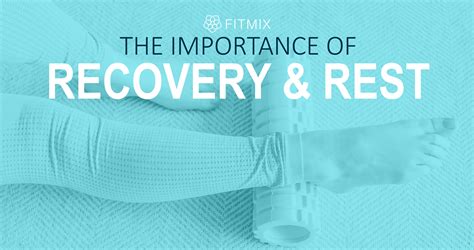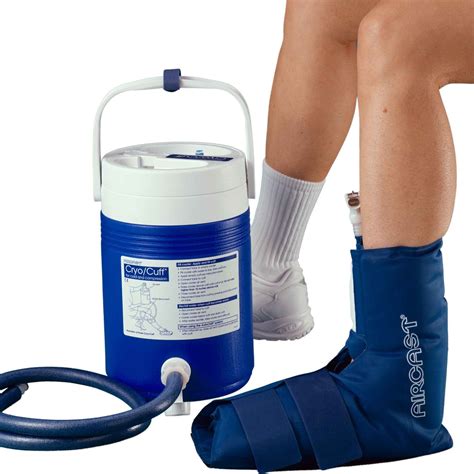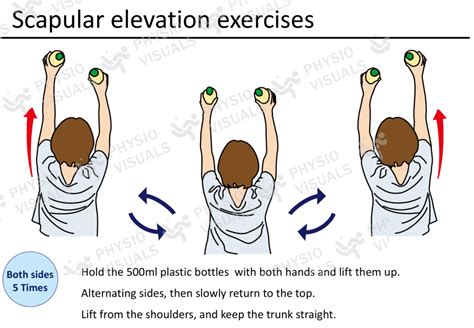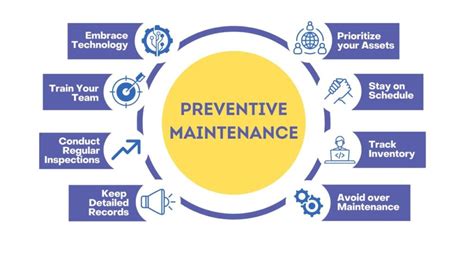Intro
Discover 5 effective ways to heal calf strain, including rest, stretching, and foam rolling, to alleviate pain and promote recovery from calf muscle injuries and strains.
Healing a calf strain can be a challenging and frustrating process, especially for athletes and individuals who engage in regular physical activity. Calf strains occur when the muscles in the lower leg are stretched or torn, leading to pain, swelling, and limited mobility. However, with the right treatment and care, it is possible to heal a calf strain and get back to normal activities. In this article, we will explore five ways to heal a calf strain, including rest, ice, compression, elevation, and physical therapy.
The importance of proper treatment for calf strains cannot be overstated. If left untreated or poorly managed, calf strains can lead to chronic pain, limited mobility, and increased risk of further injury. Moreover, calf strains can have a significant impact on daily life, making it difficult to perform even simple tasks such as walking or climbing stairs. Therefore, it is essential to seek medical attention if you suspect you have a calf strain, and to follow a comprehensive treatment plan to ensure proper healing.
Calf strains can be caused by a variety of factors, including overuse, trauma, or poor foot mechanics. Athletes who participate in sports that involve running, jumping, or quick changes of direction are at higher risk of developing calf strains. Additionally, individuals who have poor foot mechanics, such as flat feet or high arches, may be more prone to calf strains due to the increased stress on the muscles and tendons in the lower leg. Understanding the causes and risk factors of calf strains is crucial in developing effective prevention and treatment strategies.
Rest and Recovery

Importance of Rest
Rest is critical in the early stages of healing, as it allows the muscle to repair and rebuild itself. During this time, it is essential to avoid activities that may exacerbate the injury, such as running, jumping, or heavy lifting. Instead, focus on low-impact activities such as swimming, cycling, or yoga, which can help maintain cardiovascular fitness without putting excessive stress on the affected muscle.Ice and Compression

Benefits of Ice and Compression
The benefits of ice and compression in healing calf strains are numerous. Ice helps to reduce pain and inflammation, which can help promote healing and reduce the risk of further injury. Compression, on the other hand, helps to reduce swelling and promote blood flow, which can help deliver oxygen and nutrients to the affected muscle. Additionally, compression can help provide support and stability to the affected muscle, reducing the risk of further injury.Elevation and Stretching

Importance of Elevation and Stretching
Elevation and stretching are critical in the later stages of healing, as they help to improve flexibility and range of motion. Elevation helps to reduce swelling and promote blood flow, which can help deliver oxygen and nutrients to the affected muscle. Stretching, on the other hand, helps to improve flexibility and range of motion, reducing the risk of further injury and promoting optimal healing.Physical Therapy and Rehabilitation

Benefits of Physical Therapy and Rehabilitation
The benefits of physical therapy and rehabilitation in healing calf strains are numerous. Physical therapy can help promote healing, improve flexibility and range of motion, and reduce the risk of further injury. Additionally, physical therapy can help identify and address any underlying biomechanical issues that may have contributed to the injury, reducing the risk of chronic pain and limited mobility.Prevention and Maintenance

Importance of Prevention and Maintenance
Prevention and maintenance are critical in reducing the risk of calf strains and promoting optimal healing. By engaging in regular stretching and strengthening exercises, wearing proper footwear, and using supportive devices, individuals can reduce the risk of calf strains and promote optimal healing. Additionally, maintaining a healthy weight, getting regular exercise, and avoiding overuse and trauma can help reduce the risk of chronic pain and limited mobility.What are the symptoms of a calf strain?
+The symptoms of a calf strain include pain, swelling, and limited mobility in the affected leg. Additionally, individuals may experience bruising, redness, and warmth in the affected area.
How long does it take to heal a calf strain?
+The healing time for a calf strain can vary depending on the severity of the injury. Mild calf strains can take several weeks to heal, while more severe injuries can take several months.
Can I prevent calf strains?
+Yes, calf strains can be prevented by engaging in regular stretching and strengthening exercises, wearing proper footwear, and using supportive devices such as orthotics or arch supports. Additionally, maintaining a healthy weight, getting regular exercise, and avoiding overuse and trauma can help reduce the risk of calf strains.
In conclusion, healing a calf strain requires a comprehensive treatment plan that includes rest, ice, compression, elevation, and physical therapy. By following these five ways to heal a calf strain, individuals can promote optimal healing, reduce the risk of further injury, and improve flexibility and range of motion. Remember to always seek medical attention if you suspect you have a calf strain, and to follow a comprehensive treatment plan to ensure proper healing. We invite you to share your experiences and tips for healing calf strains in the comments below, and to explore our other articles on injury prevention and treatment.
